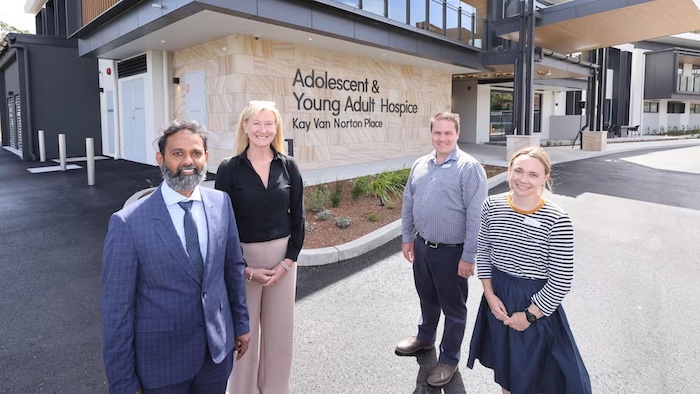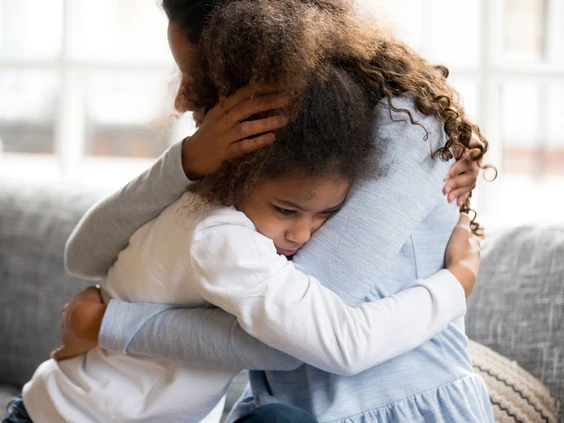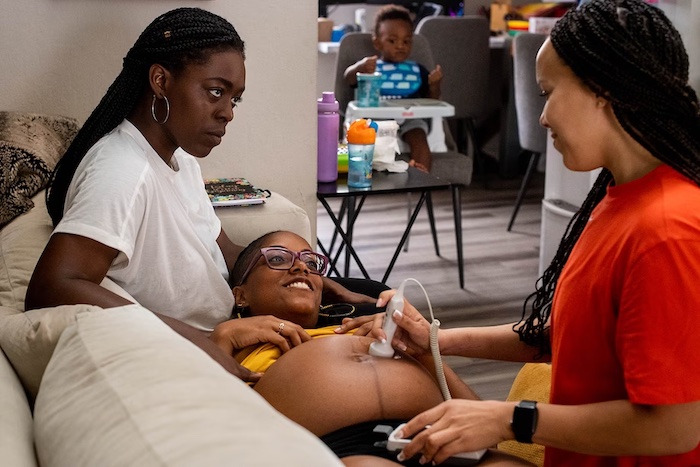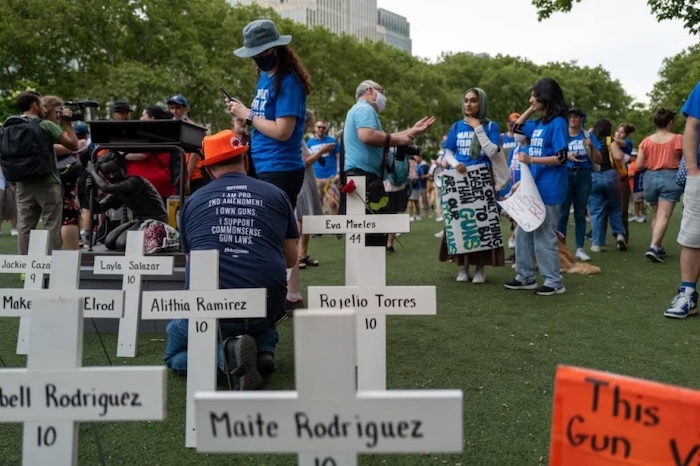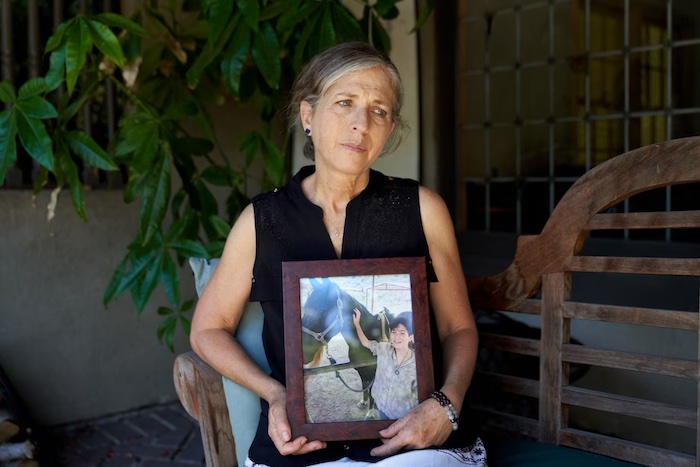
By Debby Waldman
When Deborah and Warren Blum’s 16-year-old died by suicide in November 2021, they went into shock. For two days, the grief-stricken Los Angeles couple didn’t sleep.
But when it came time to write a death notice, Deborah Blum was clearheaded: In a heartfelt tribute to her smart, funny, popular child, who had recently come out as nonbinary, she was open and specific about the mental health struggles that led to Esther Iris’s death.
“Esther’s whole thing was that people should know and talk about mental health and it shouldn’t be a secret,” Deborah Blum told KFF Health News. “The least I could do was to be honest and tell people. I think being embarrassed just makes it worse.”

While it was once unheard-of to mention suicide as a cause of death in news obituaries and paid death notices, that has been changing, especially in the past 10 years, said Dan Reidenberg, a psychologist and managing director of the National Council for Suicide Prevention.
High-profile suicides — such as those of comic actor Robin Williams in 2014, fashion designer Kate Spade in 2018 and dancer Stephen “tWitch” Boss in 2022 — have helped reduce the stigma surrounding suicide loss. So has advertising for depression and anxiety medications, which has helped normalize that mental illnesses are health conditions.
The covid-19 pandemic also drew attention to the prevalence of mental health challenges.
“The stigma is changing,” Reidenberg said. “There is still some, but it’s less than it used to be, and that’s increasing people’s willingness to include it in an obituary.”


While there’s no right or wrong way to write death announcements, mental health and grief experts said the reluctance to acknowledge suicide has implications beyond the confines of a public notice. The stigma attached to the word affects everything from how people grieve to how people help prevent others from ending their own lives.
Research shows that talking about suicide can help reduce suicidal thoughts, but studies have also found that spikes in suicide rates can follow news reports about someone dying that way — a phenomenon known as “suicide contagion.” The latter is an argument people make for not acknowledging suicide in obituaries and death notices.
Reidenberg said, however, the subject can be addressed responsibly.
That includes telling a balanced story, similar to what Deborah Blum did, acknowledging Esther Iris’s accomplishments as well as their struggles. It means leaving out details about the method or location of the death, and not glorifying the deceased in a way that might encourage vulnerable readers to think dying by suicide is a good way to get attention.

“We don’t ever want to normalize suicide, but we don’t want to normalize that people can’t have a conversation about suicide,” Reidenberg said.
Having that conversation is an important part of the grieving process, said Holly Prigerson, a professor of sociology in medicine at Weill Cornell Medical College in New York and an expert on prolonged grief disorder.
“Part of adjusting to the loss of someone is coming up with a story of what happened and why,” she said. “To the extent that you can’t be honest and acknowledge what happened if it’s a death due to suicide, that will complicate, if not impede, your ability to fully and accurately process your loss.”
People close to the deceased often know when a death was by suicide, Reidenberg said, particularly in the case of young people.
“Being honest can lead to information and awareness, whereas if we keep it shrouded in this big mystery it doesn’t help,” he added.
A study about caregiver depression that Prigerson recently conducted identified avoidance as an impediment to healing from grief.
“Not acknowledging how someone died, denying the cause of death, avoiding the reality of what happened is a significant barrier to being able to adjust to what happened and to move forward,” she said.
Researchers are increasingly seeing bereavement as a social process, Prigerson said, and as social beings, people look to others for comfort and solace. That’s another reason the stigma attached to suicide is harmful: It keeps people from opening up.
“The stigma is based on the perception that others will judge you as being an inadequate parent, or not having done enough,” Prigerson said. “This whole thing with obituaries is all about others — it’s about how people are going to read what happened and think less of you.”
Stigma, shame and embarrassment are among the reasons grieving family members have traditionally avoided acknowledging suicide in obituaries and death notices. It’s also why, if they do, they may be more likely to address it indirectly, either by describing the death as “sudden and unexpected” or by soliciting donations for mental health programs.
Economics can factor in — sometimes people are secretive because of life insurance plans that exclude payouts for suicides. Sometimes they’re trying to protect reputations, theirs as well as those of the deceased, particularly in religious communities where suicide is considered a sin.
Avoiding the word suicide doesn’t necessarily mean someone is in denial. In the days after a loss, which is when most obituaries and death announcements are written, it’s often profoundly difficult to face the truth, especially in the case of suicide, said Doreen Marshall, a psychologist and former vice president at the American Foundation for Suicide Prevention.
Even when people can admit the truth to themselves, they might have trouble expressing it to others, said Joanne Harpel, a suicide bereavement expert in New York who works with mourners through her business, Coping After Suicide.
In the support groups she runs, she said, people vary in how open they are willing to be. For example, in the group for mothers who have lost a child to suicide, everyone acknowledges that reality — after all, that’s why they’re there — but they don’t all do so the same way.
“Some of them will refer to ‘when this happened’ or ‘before all this,’” Harpel said, cautioning against holding all mourners to the same standard. “They’re not pretending it was something else, but using the word ‘suicide’ is so confronting and so painful that even in the safest context it’s very, very hard for them to say it out loud.”
If you or someone you know needs help, visit 988lifeline.org or call or text the Suicide & Crisis Lifeline at 988.<
Complete Article ↪HERE↩!


